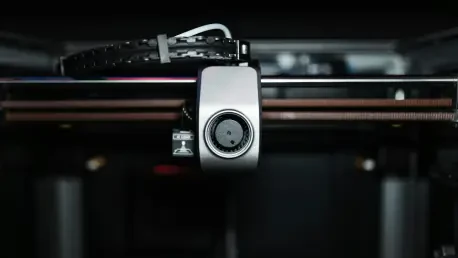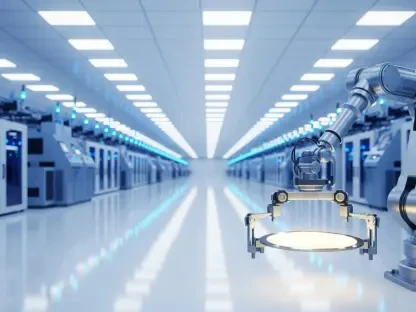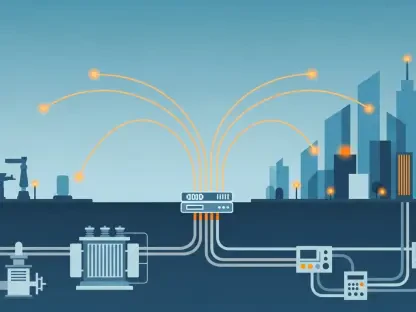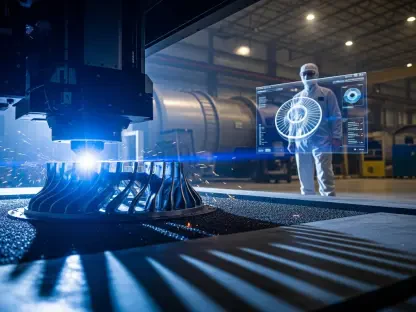The advancement of 3D printing has transformed numerous industries, leading to more efficient production of detailed and customized products. Among its many applications, 3D printing has notably improved manufacturing processes for items like hearing aids and dental implants. Despite these advancements, a major hurdle persists—the significant waste produced during printing. This waste primarily stems from temporary support structures, which are created from the same material as the final product, intended to ensure stability during the printing process. These supports must be manually removed once printing is complete, a process that is not only labor-intensive but also generates waste that cannot be reprocessed.
Revolutionary Breakthrough by MIT Researchers
Addressing the Waste Problem with Innovative Resin
MIT researchers have recently made advancements in 3D printing that may offer a solution to the waste issue. Their breakthrough involves a unique resin that is light-sensitive and capable of reducing waste and time spent during printing. This resin’s innovation lies in its ability to solidify under UV light, while it dissolves when exposed to visible light, allowing for the straightforward removal and recycling of support materials. This novel resin utilizes a technique called vat photopolymerization—where a 3D model is built layer by layer from a liquid resin that is hardened by exposure to light.
The development involved combining two commonly found chemicals, IBOA and EPOX, known to form strong structural bonds under UV light. Once these bonds are exposed to visible light, they loosen and dissolve in mild solvents like baby oil or the original liquid resin, permitting the recycling of the support material. Initial resin tests revealed its potential, transforming one material into a tough structure while the other became soluble. Yet, further experimentation indicated that using dimmer LEDs in real-world printer scenarios caused the hardened structures to break down, complicating the process.
Ensuring Structural Integrity of 3D Printed Parts
To overcome this technical challenge, researchers introduced a “bridging monomer” named ECHA into the resin formulation. ECHA provides additional stability to the material under UV light, ensuring it remains solid during the printing of the final product. This improvement enables both the object and its supports to be printed with specific light patterns, supporting a more efficient and sustainable process. The dissolved support material can be recycled and transformed into new resin, allowing the entire procedure to be more eco-friendly. Researchers conducted tests that indicated a seamless removal of supports by immersing the printed object in a particular solution, which then permitted recycling of the material.
MIT’s breakthrough method, known as “selective solubility vat photopolymerization” (SSVP), facilitates the production of intricate 3D designs that were challenging to create using traditional methods. For instance, it enables the crafting of complex gear trains, lattice structures, and even multipart assemblies with moving components. An illustrative example demonstrated by the researchers includes printing a small dinosaur within an egg, showcasing the technology’s promise in producing multipart assemblies and highly detailed custom products efficiently and sustainably.
Sustainable Impact and Future Implications
Shifting 3D Printing Towards Environmental Responsibility
The significance of this advancement reflects a growing focus on sustainability within 3D printing technology. Despite prior claims of being more environmentally friendly than traditional manufacturing practices, the technology hasn’t been entirely sustainable. A concerning statistic reveals that approximately one-third of all 3D printed materials culminate in waste, frequently ending up in landfills. Conventional filament-based methods also result in the generation of significant plastic waste each year, intensifying the need for more sustainable techniques in the industry.
The new resin innovation exemplifies advancements that could make 3D printing not only faster and more efficient but also less wasteful. By reducing the necessity for manual removal of support, the technology scales up into a much more sustainable process. Future research and applications could explore utilizing SSVP with diverse materials, focusing particularly on those that cater to industrial demands for strength and durability. Researchers aim to develop further resins with dual capabilities and investigate solutions for automating the recycling process, setting the stage for a self-sustaining production system.
Anticipating Future Developments in Eco-Friendly Printing
The evolution of 3D printing technology has brought significant changes across various industries, resulting in the more efficient production of intricate and personalized items. Among its diverse applications, 3D printing has dramatically enhanced the manufacturing processes for products like hearing aids and dental implants. These innovations have revolutionized how these products are customized and delivered, offering better fit and function for users. However, despite such advancements, the industry still grapples with a substantial challenge—the excessive waste generated during the printing process. This issue largely arises from the creation of temporary support structures, which are fabricated using the same material as the final product to ensure stability during printing. Once the printing is done, these supports need to be manually removed, leading to a process that is both labor-intensive and wasteful. Unfortunately, the resulting waste material cannot be recycled or reused, posing a significant sustainability concern in the realm of 3D printing.









